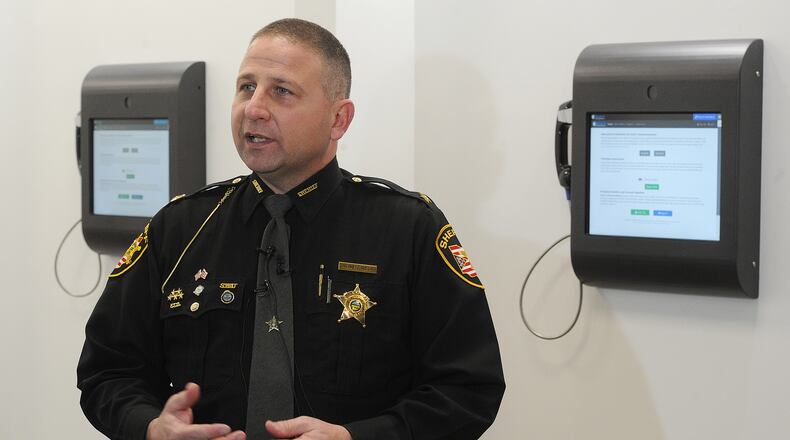“As of today, we’re housing 718 individuals,” Streck said on Tuesday afternoon. “Fifty percent of those are being treated for chronic medical conditions.”
He added, “Forty-two percent of those individuals are on psychotropic drugs for severe mental health issues, and 40% to 60% of everyone who comes through our backdoor is immediately placed on detox protocols for substance abuse.”
The Montgomery County Jail was built in 1964, but new pods were installed in the early 1990s, Streck said, and dormitories were added to the facilities in 2008.
But the projects only increased space for more beds, he said, and they did nothing to help address growing shares of inmates with special medical and treatment needs.
“The current jail design does not support treatment services, because the jail we are using is designed to meet the individuals’ needs decades ago,” he said. “A lot has changed.”
A firm called HDR began work in 2019 on a jail needs assessment study, but the final report has not been completed, Streck said.
Streck said he expects HDR’s report’s findings will mirror the recommendations and concerns of a jail justice committee that submitted a report to the county commissioners in early 2019.
Streck said he adopted and put into policy all of the jail justice committee’s recommendations he had the authority to take action on.
The jail, he said, will continue to be at risk of problems and complaints until the jail facility is updated and improved.
The funding being sought from the Ohio Department of Rehabilitation and Correction is competitive, but hopefully the county will receive a grant award, county officials said.
Montgomery County Commissioner Debbie Lieberman said this is a “huge” and important project.
“Because of COVID, and us kind of taking a step back, I think we’ve really had a chance to look at what is important, what do we need as a community,” she said. “Not just to keep your employees safe, but to keep the inmates safe as well.”
About the Author



